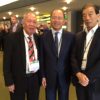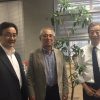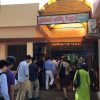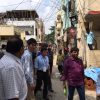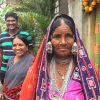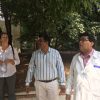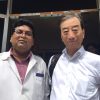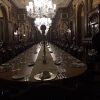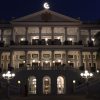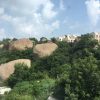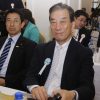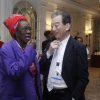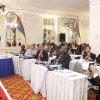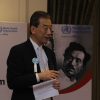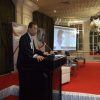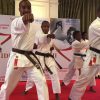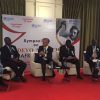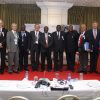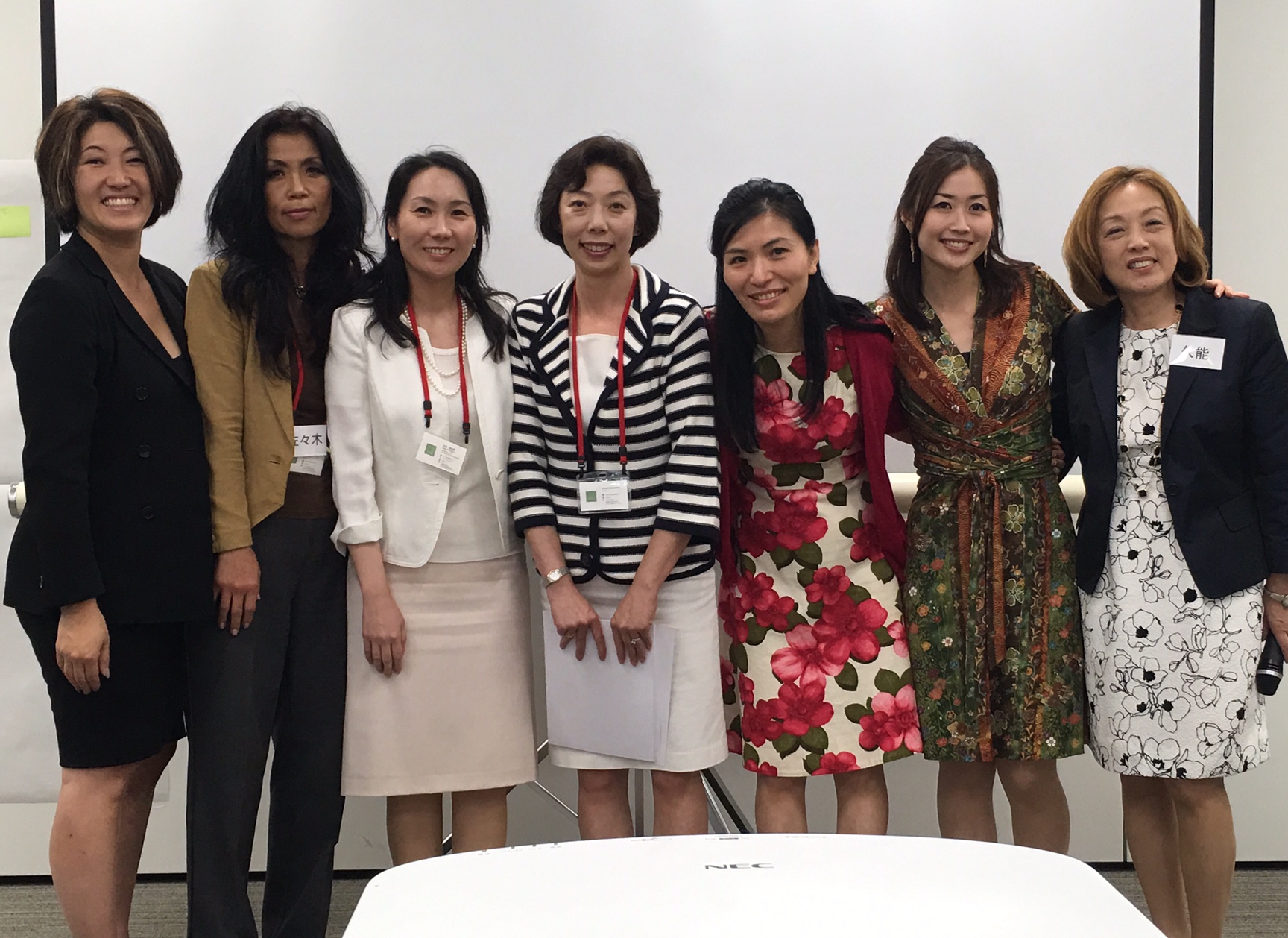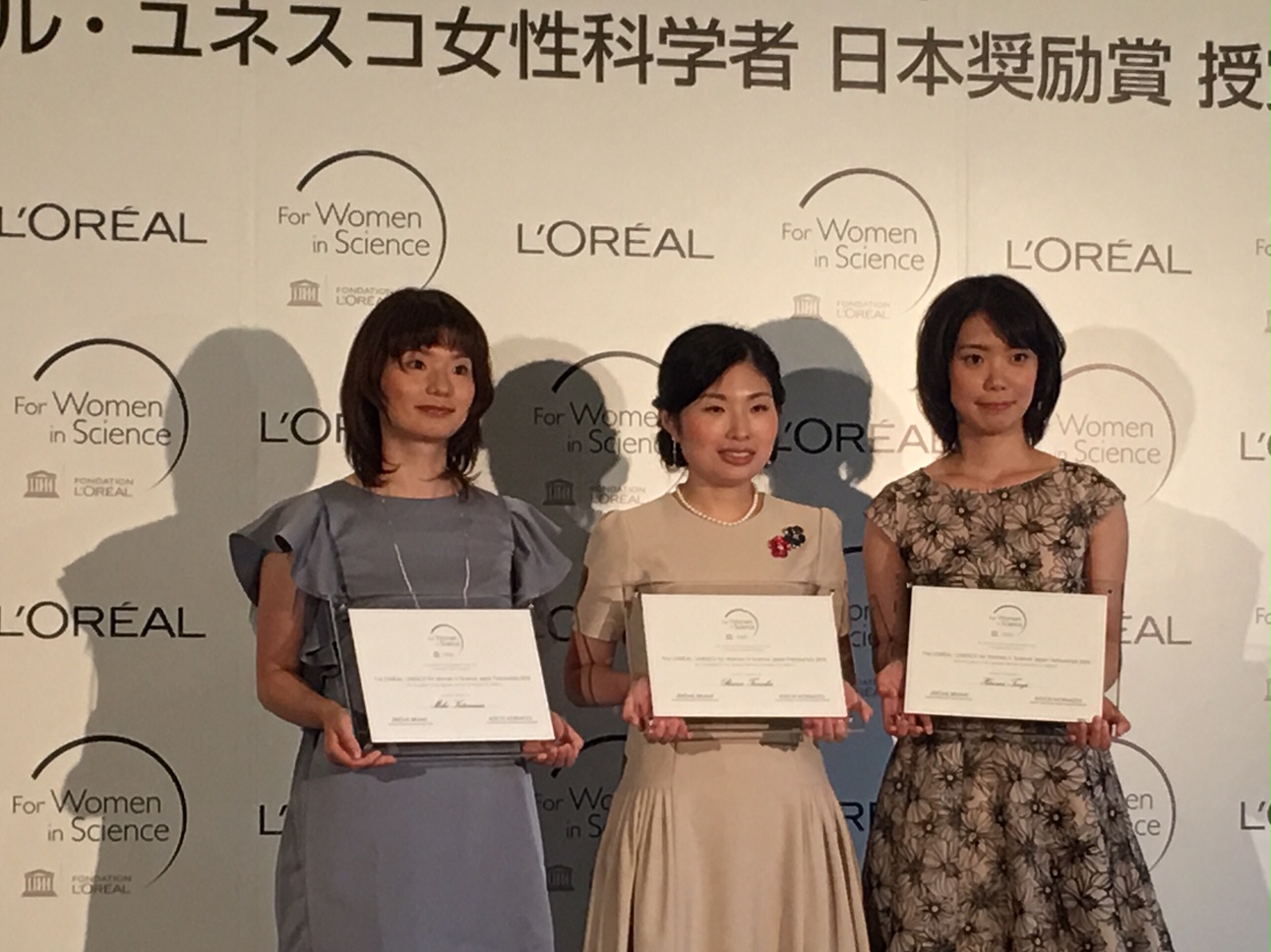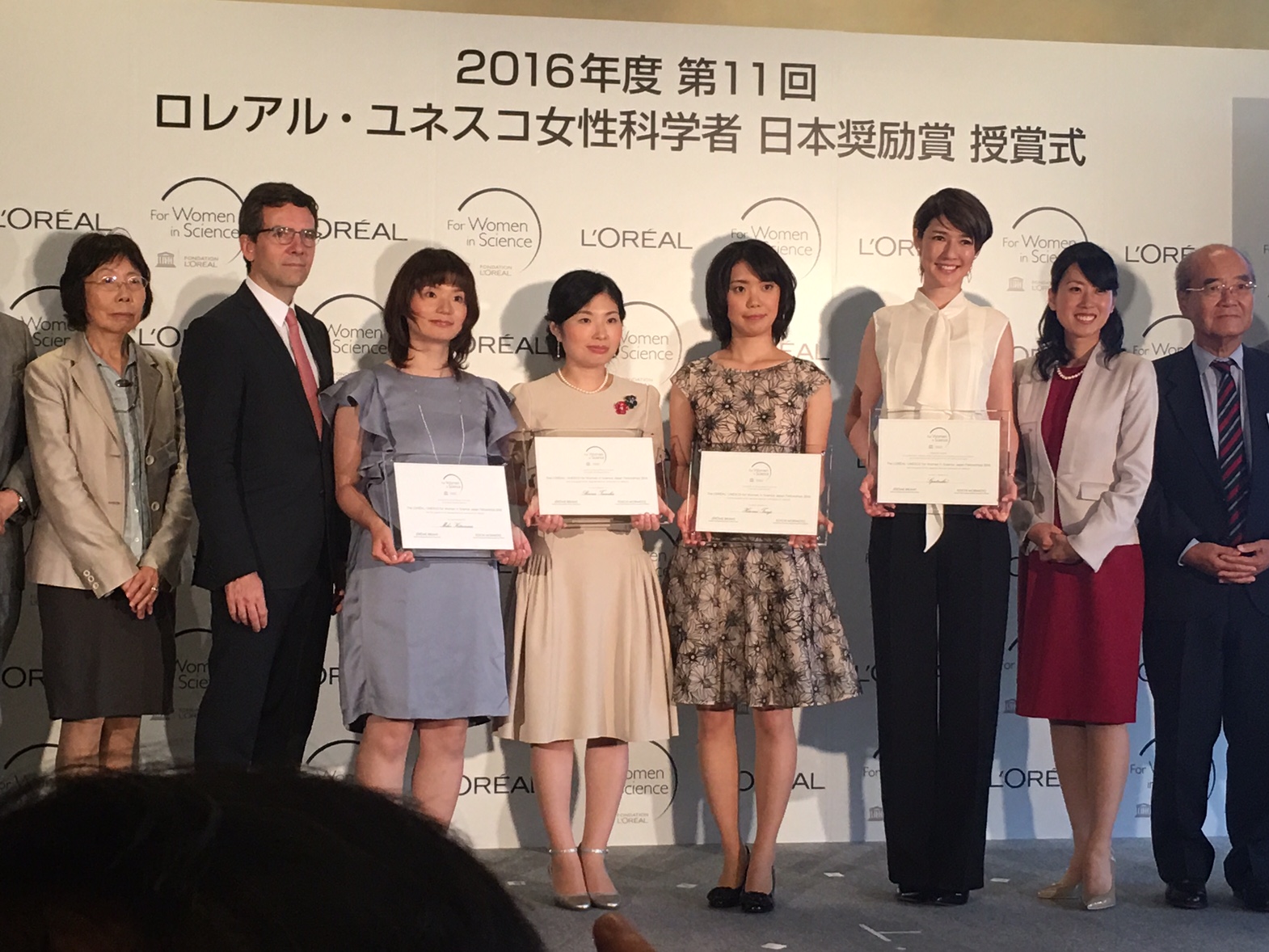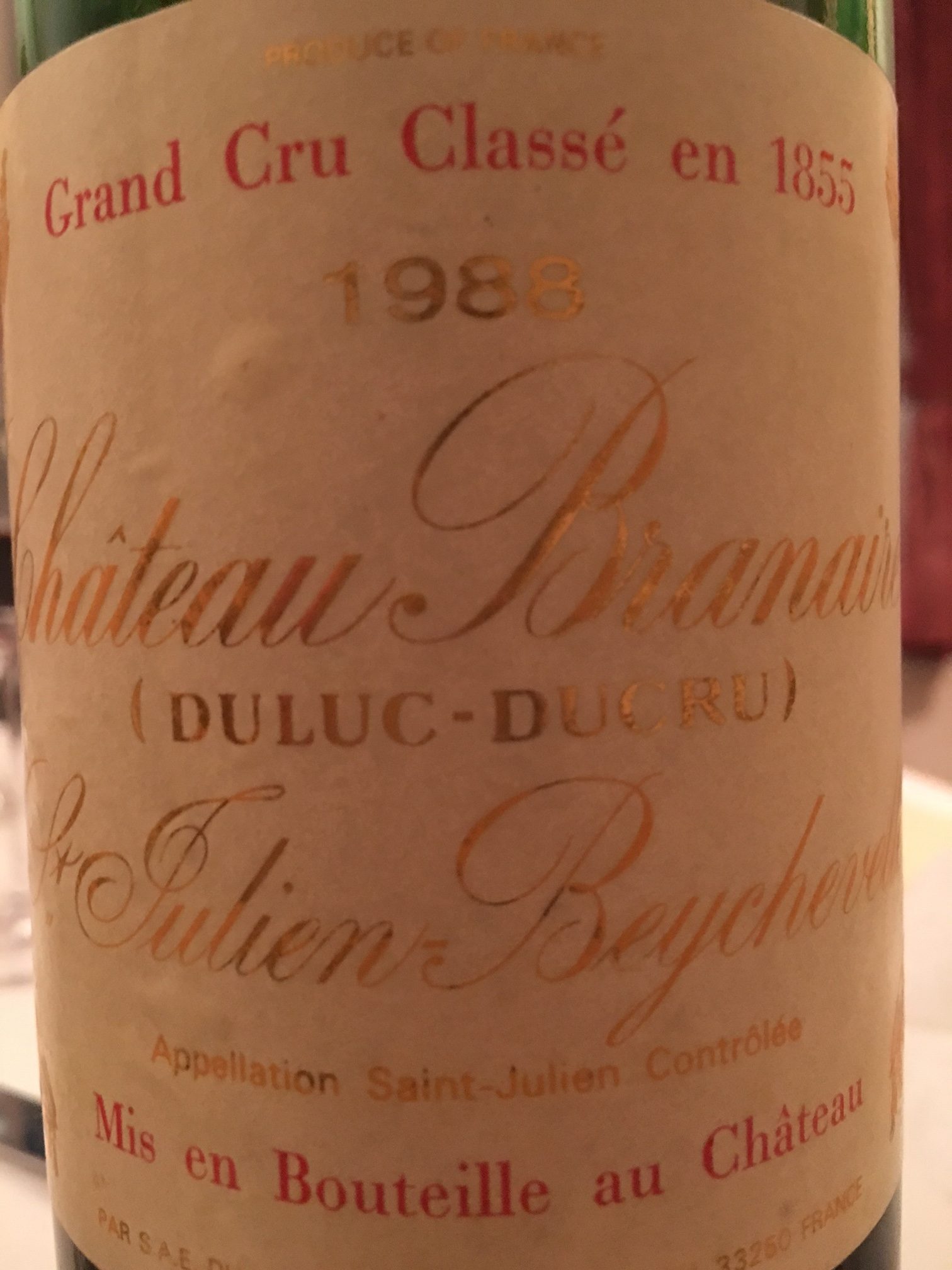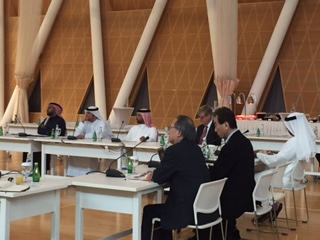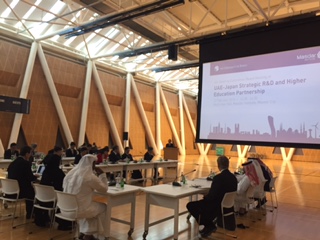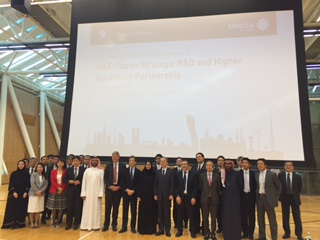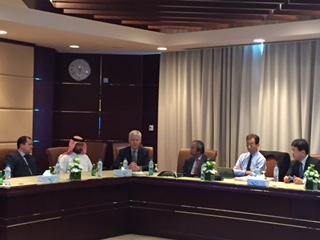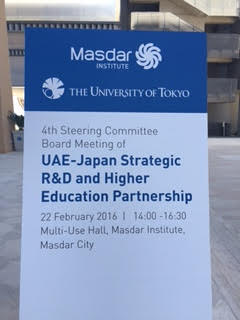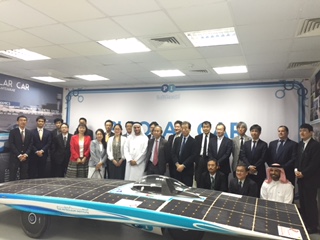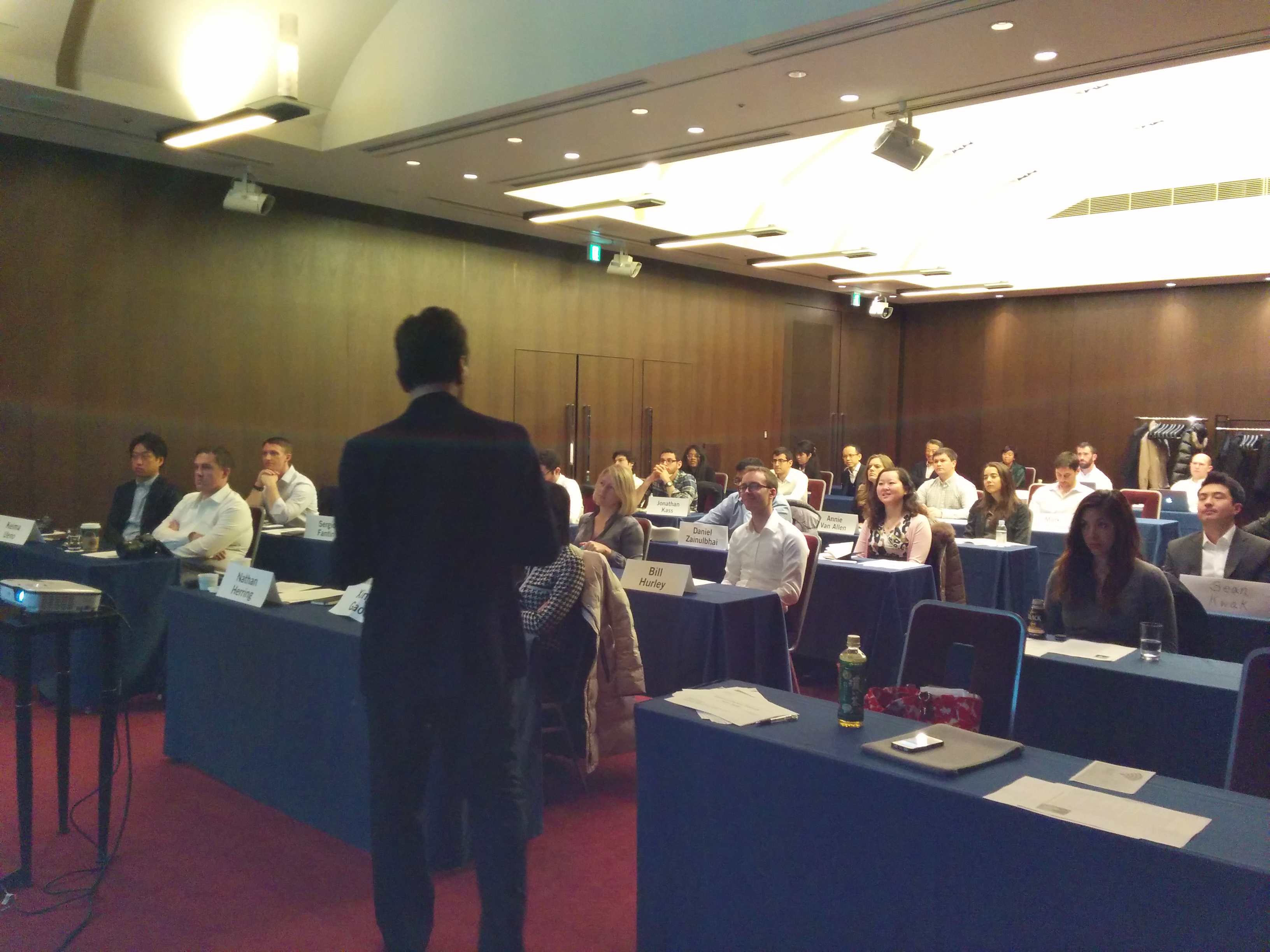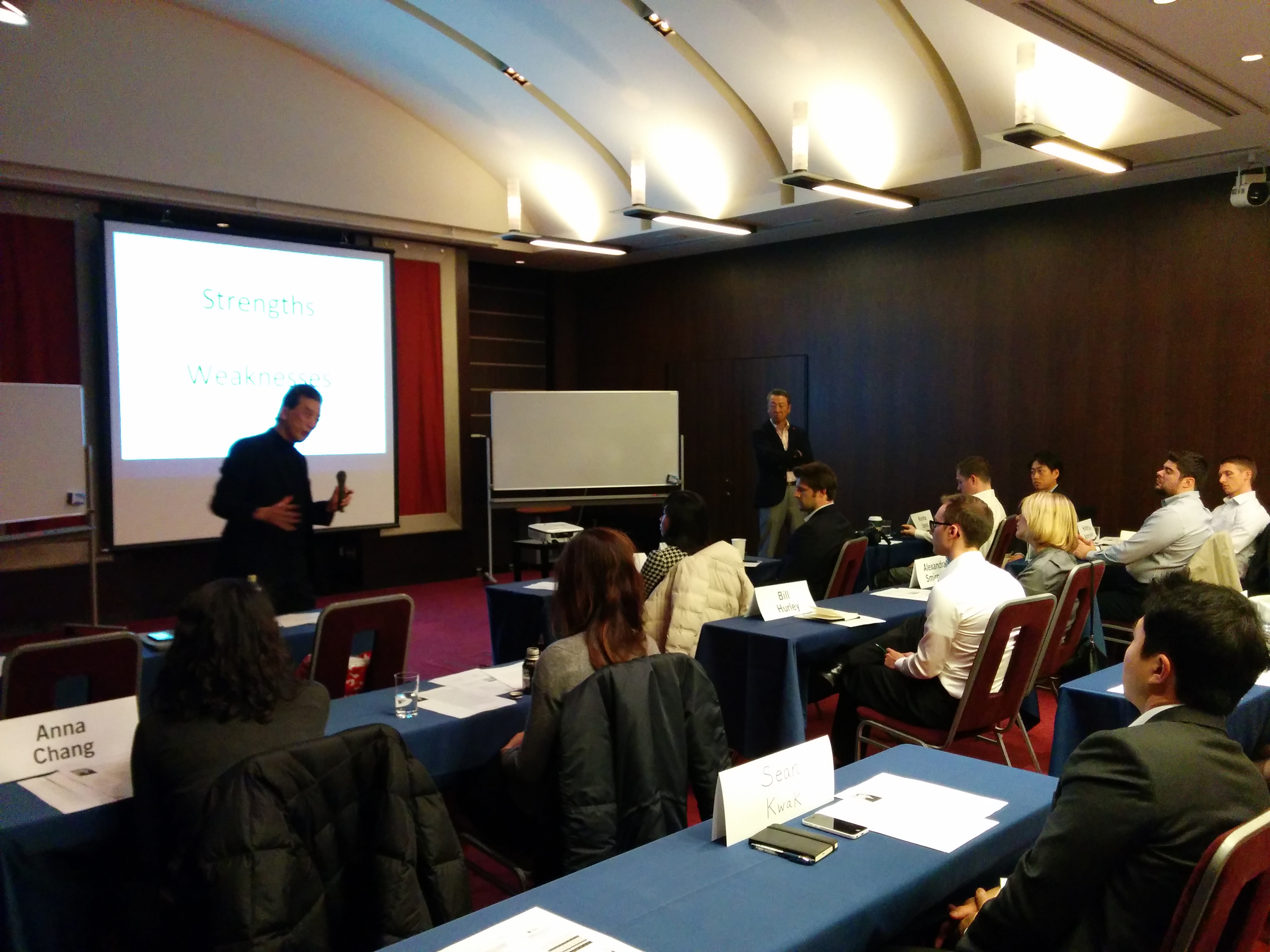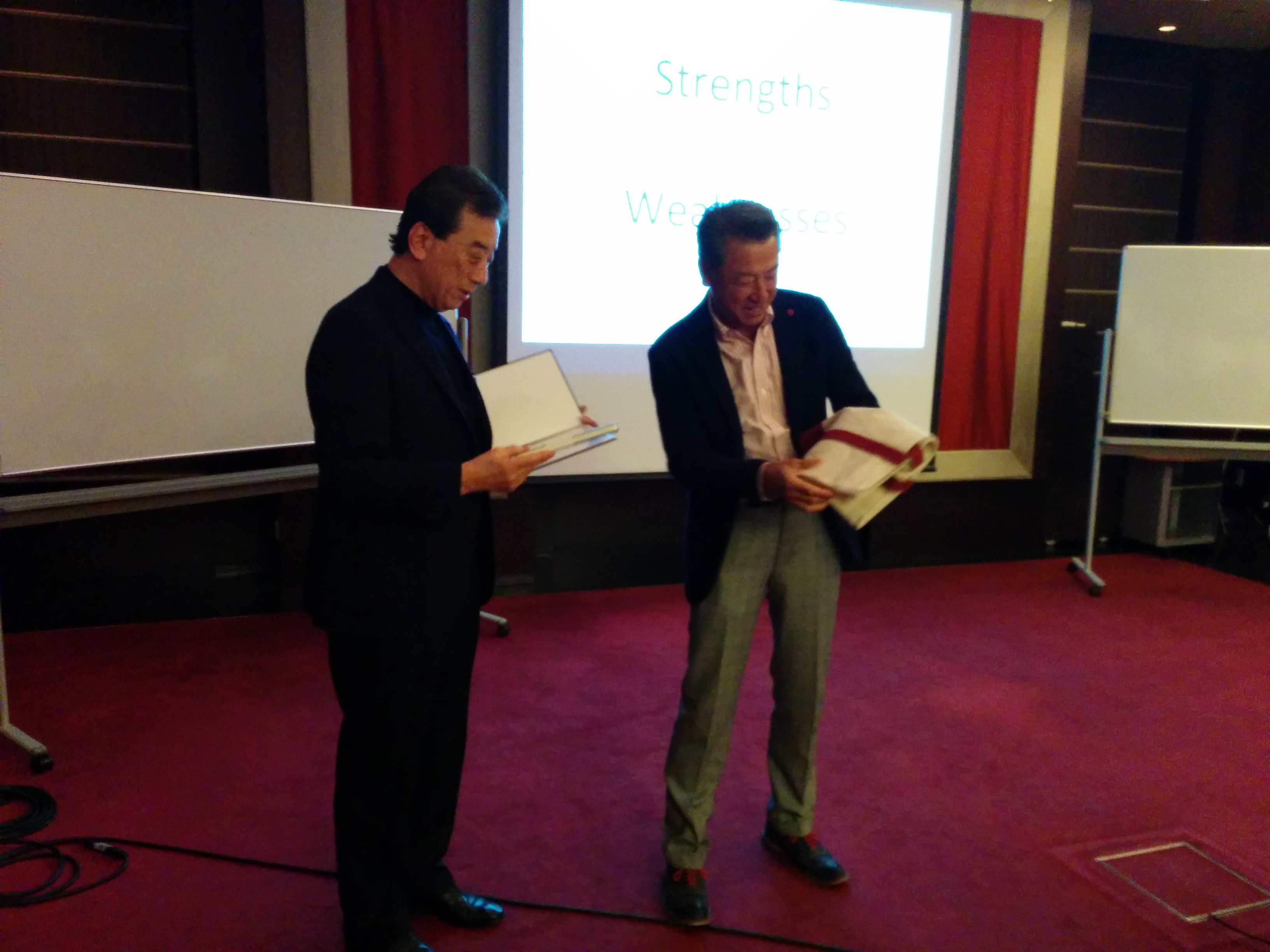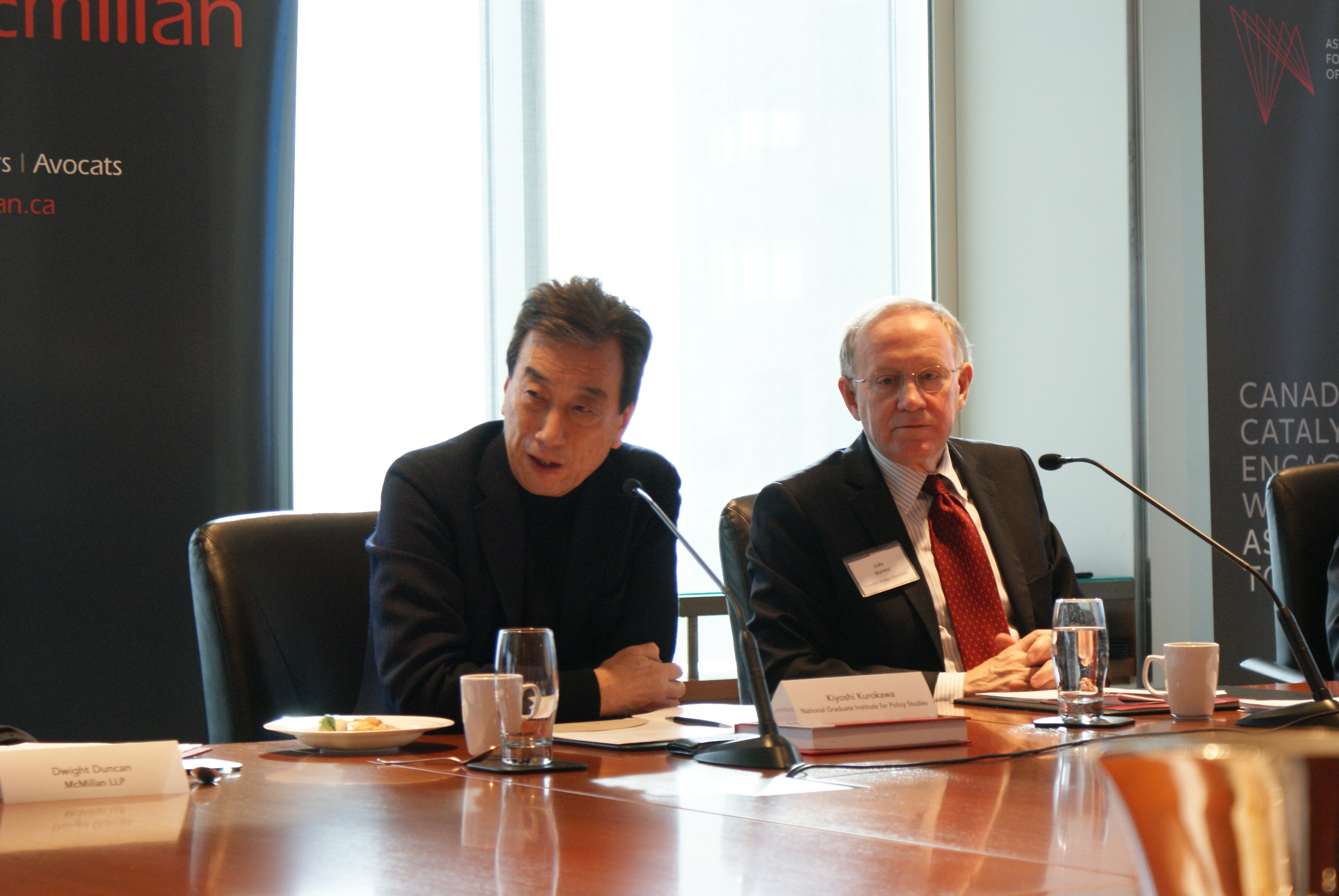My schedule was crowded from the end of September till the beginning of October. I had the meeting of the board of directors of the Okinawa Institute of Science and Technology, a reunion in Tokyo with the President of UCLA Dr Gene Block, followed by the STS Forum in Kyoto (summary of my session is here. where we heard of the news of the Nobel Prize for medicine being awarded to Dr. Osumi.), and then back to GRIPS to attend a seminar by Dr. Colglazier, former Science and Technology Adviser to the U.S Secretary of State.
Next, I flew to Hyderabad via Singapore to chair a meeting of the Board of Directors of the GHIT Fund. We visited some local medical facilities, where I observed and learned a lot of things that may prove useful. It was my first visit to Hyderabad so I had no previous point of reference to compare it to, but recalling my visit to New Delhi ten years ago, I could feel more energy in the air, and the infrastructure was vastly better. I also saw a lot of construction work going for roads and new metro (mass-transit) system.
Although there is still a long way to go before medical facilities are on par with other countries, there are some note-worthy initiatives in place. ASHA, for example, is a bottom-up initiative to ensure that health services are in place even in remote places of India. Along with improvements in infrastructure, clean water supply and telecommunications, this initiative has gone a long way in raising the general standards of health and medical services. I think that these improvements herald a new chapter in public health in India.
On the last day, we had dinner reception at the Taj Falaknuma Palace (1). Incidentally, this hotel has the world’s longest dining table which can seat 101 people. It was a truly luxurious experience.
I felt that there was a stark contrast from what I had been seeing during our field visits. This palace was filled with reminders of a bygone era when the British Empire ruled a large part of the world. I had the feeling that I was being allowed a glimpse into a past when the British were able to rule over a large empire.
Later that night, I took a flight back to Haneda, again via Singapore.
There were also a lot of other meetings, appointments, seminars and lectures, making for a hectic 2 weeks.

